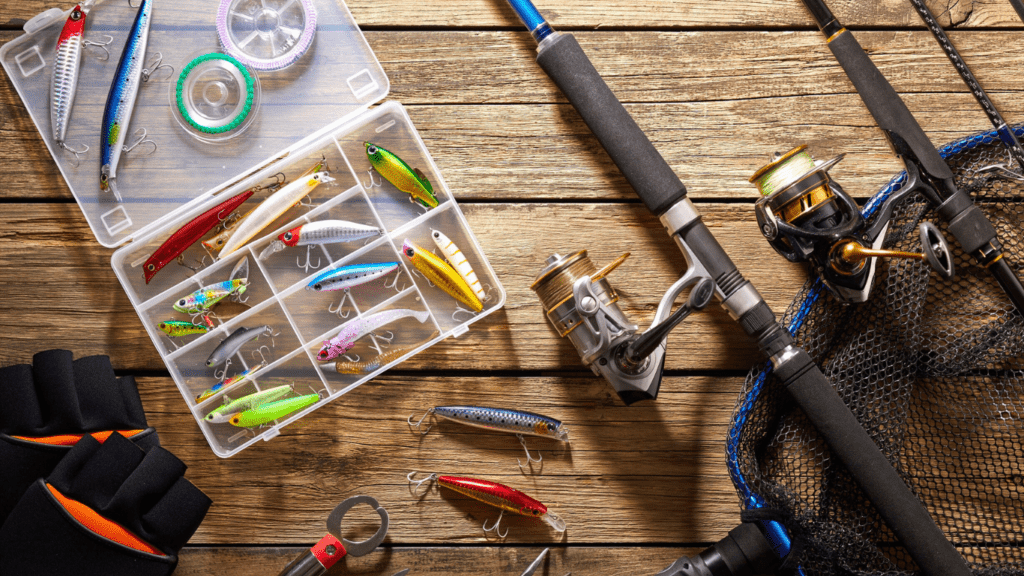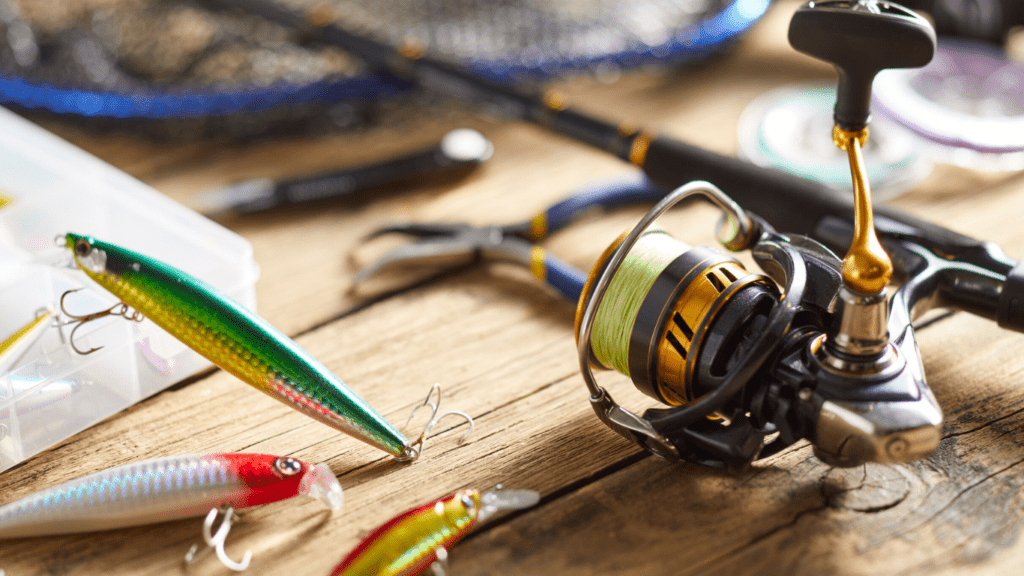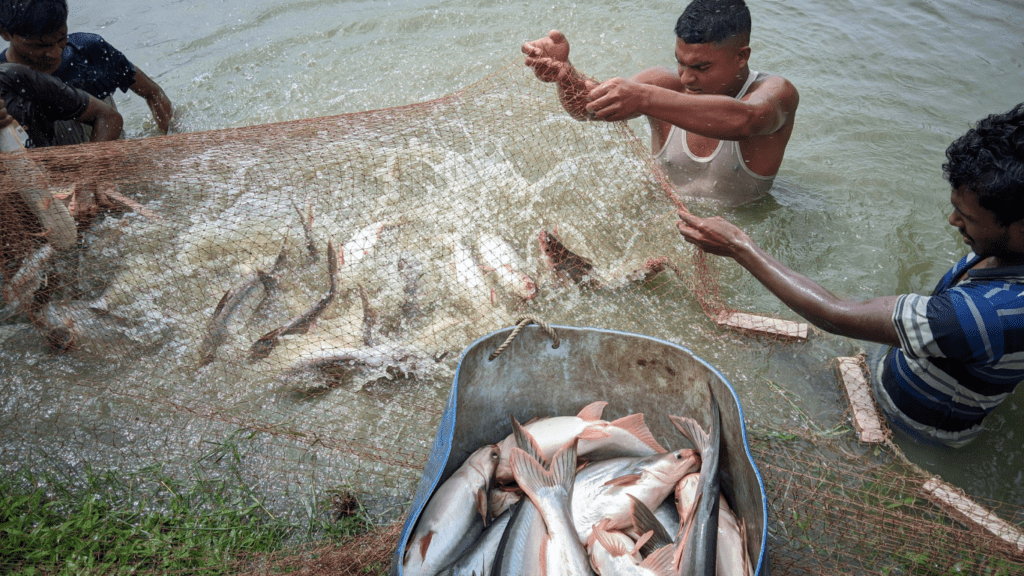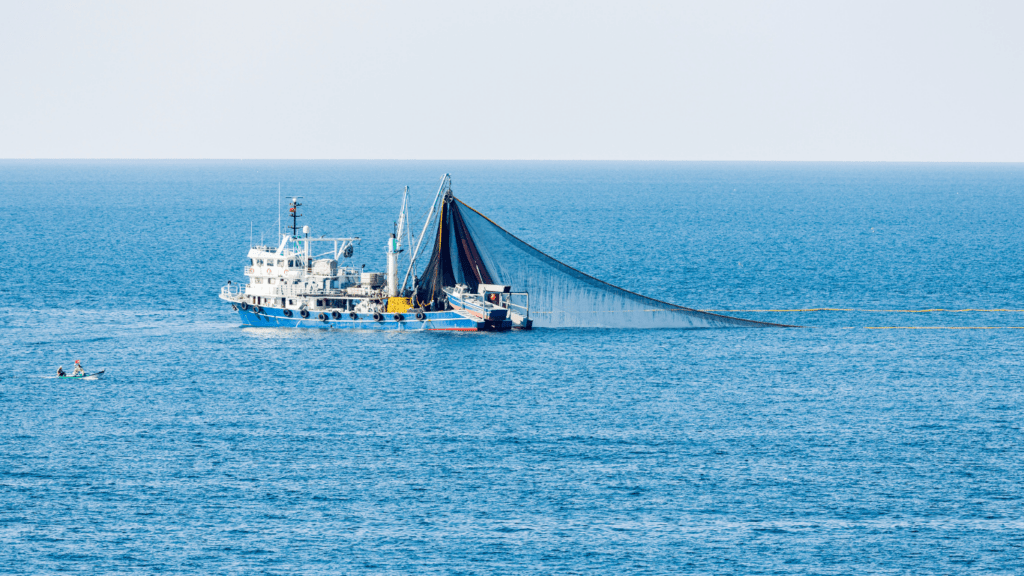Fishing has always been more than just a pastime for me—it’s a way to connect with nature. But as much as I love the water, I’ve realized how important it is to protect the ecosystems that make this experience possible. The good news? Choosing eco-friendly fishing gear is a simple yet impactful way to fish responsibly
Why Choose Eco-Friendly Fishing Gear?
Eco-friendly fishing gear reduces harm to aquatic ecosystems. Traditional gear, like lead weights, can leach toxins into waterways, contaminating habitats and endangering marine life. Biodegradable and lead-free alternatives eliminate this risk while maintaining performance.
Using sustainable equipment preserves fish populations. Non-biodegradable materials, such as plastic lines and nets, can trap animals or take centuries to degrade if discarded. Eco-conscious gear, like biodegradable fishing lines, ensures fewer long-term environmental impacts.
Choosing sustainable options aligns with conservation efforts. Many regions advocate for responsible fishing practices to prevent overfishing and habitat destruction. Eco-friendly tools complement these policies by supporting cleaner waters and healthier marine ecosystems.
Adopting these products demonstrates a commitment to responsible angling. As anglers, our actions directly impact the environments we love. By opting for sustainable alternatives, we help protect these ecosystems for future fishing adventures.
Key Features of Sustainable Fishing Equipment
Using eco-friendly fishing gear means prioritizing materials and designs that protect aquatic ecosystems while delivering optimal performance. Sustainable equipment incorporates key characteristics to reduce environmental impact.
- Biodegradable Materials
Biodegradable materials, such as plant-based fishing lines and natural fiber nets, decompose over time when discarded in water. These materials prevent long-term pollution and reduce risks to marine life. For example, biodegradable hooks dissolve faster than traditional metal ones, minimizing harm to fish populations. - Recyclable Components
Recyclable components, like aluminum reels or stainless steel parts, reduce waste by enabling reuse in new products. Reels designed with recycled aluminum or replaceable parts ensure minimal disposal. By choosing recyclable options, I contribute to a circular economy that lowers environmental strain.
- Durable and Long-Lasting Design
Durable designs, crafted from high-quality and eco-friendly materials, extend the lifespan of fishing gear. Stainless steel hooks coated with non-toxic materials or sustainably sourced wood rods resist wear and reduce frequent replacement. Long-lasting equipment keeps broken or discarded items out of ecosystems, aligning with sustainable practices.
The Best Eco-Friendly Fishing Gear Options

Sustainable fishing gear minimizes environmental impact while maintaining functionality. I focus on products that enhance both the fishing experience and conservation efforts.
Sustainable Fishing Rods and Reels
Eco-conscious rods and reels feature durable, non-toxic, and recyclable materials. Rods made from bamboo or responsibly sourced wood offer a renewable alternative to fiberglass. Reels constructed from recycled aluminum reduce metal waste and provide excellent longevity. Brands like Echo and Recycled Fishing Gear Co. deliver reliable options tailored to eco-minded anglers.
Eco-Friendly Fishing Lines and Lures
Biodegradable fishing lines help reduce microplastic pollution in waterways. Plant-based options, such as hemp or soy-based lines, break down faster than traditional nylon. Lead alternatives, like tungsten, for weights lessen contamination risks, while non-toxic lures fashioned from recycled plastics or biodegradable materials are kinder to marine life. Look for products from companies like BioLine and Go Green Tackle.
Biodegradable Nets and Traps
Fishing nets and traps designed from natural fibers decompose safely over time. Materials like organic cotton or jute provide sturdy and sustainable solutions for catch-and-release fishing. Additionally, collapsible traps with biodegradable frames improve usability and limit long-term environmental damage if lost. Innovations from EnviroNet and Greener Gear are advancing this sector effectively.
Benefits of Using Sustainable Fishing Gear
Sustainable fishing gear enhances the angling experience while prioritizing the health of aquatic ecosystems. It offers environmental, ethical, and practical advantages for anglers committed to preserving nature.
Protecting Marine Life
Eco-friendly fishing gear minimizes harm to marine species. For example, lead-free weights prevent toxic lead poisoning, which can severely affect fish and bird populations. Biodegradable lines degrade naturally, reducing the risk of entanglement for marine animals like turtles and seals. Non-toxic lures, made from recycled materials, lower ingestion risks for fish and other water-dwelling creatures.
Reducing Environmental Impact
Sustainable equipment helps reduce pollution in waterways. Plant-based fishing lines break down over time, eliminating the buildup of hazardous microplastics. Aluminum reels, which are recyclable, contribute to reducing waste compared to single-use plastic components. Durable designs decrease the frequency of discarded equipment, keeping debris out of the environment.
Supporting Responsible Fishing Practices
Eco-conscious gear aligns with conservation efforts aimed at maintaining fish populations and habitats. By using such equipment, I reduce the chance of overfishing or unnecessary bycatch. Natural fiber nets and biodegradable traps promote gentler handling, helping to release non-target species with less harm. Supporting brands that produce sustainable equipment, like Echo or BioLine, reinforces ethical fishing practices for future generations.
Tips for Responsible Anglers
Responsible anglers embrace practices that protect aquatic ecosystems while ensuring sustainable fishing traditions endure. Simple steps can significantly reduce environmental impact and promote conscientious angling.
Proper Maintenance of Sustainable Gear
Consistent maintenance extends the lifespan of eco-friendly equipment, reducing overall waste. I clean my gear using biodegradable soaps and ensure plant-based lines dry completely before storage to prevent deterioration. Regular inspections identify:
- wear or damage in nets
- rods
- reels
allowing timely repairs with non-toxic adhesives or recyclable components. Proper storage shields gear from extreme conditions, preserving its functionality and sustainability.
Choosing Eco-Friendly Brands
Selecting brands committed to sustainability makes a difference. I choose companies that use renewable or recyclable materials, like bamboo rods or aluminum reels, and actively support conservation efforts. Businesses like BioLine, EcoPro, and GreenChum exemplify dedication to eco-conscious production standards. Researching brand certifications, such as those for recyclable products or ethical operations, helps me ensure my purchases align with responsible practices.
Educating Others on Sustainable Fishing
Promoting sustainable fishing involves sharing knowledge with my fellow anglers. I highlight the benefits of alternatives like biodegradable lines and non-toxic lures during conversations at fishing events. Social media platforms amplify my advocacy, where I share tips on reducing plastic waste and using natural fiber nets. Discussing regulations like catch-and-release policies fosters mutual respect for preserving fish populations.





